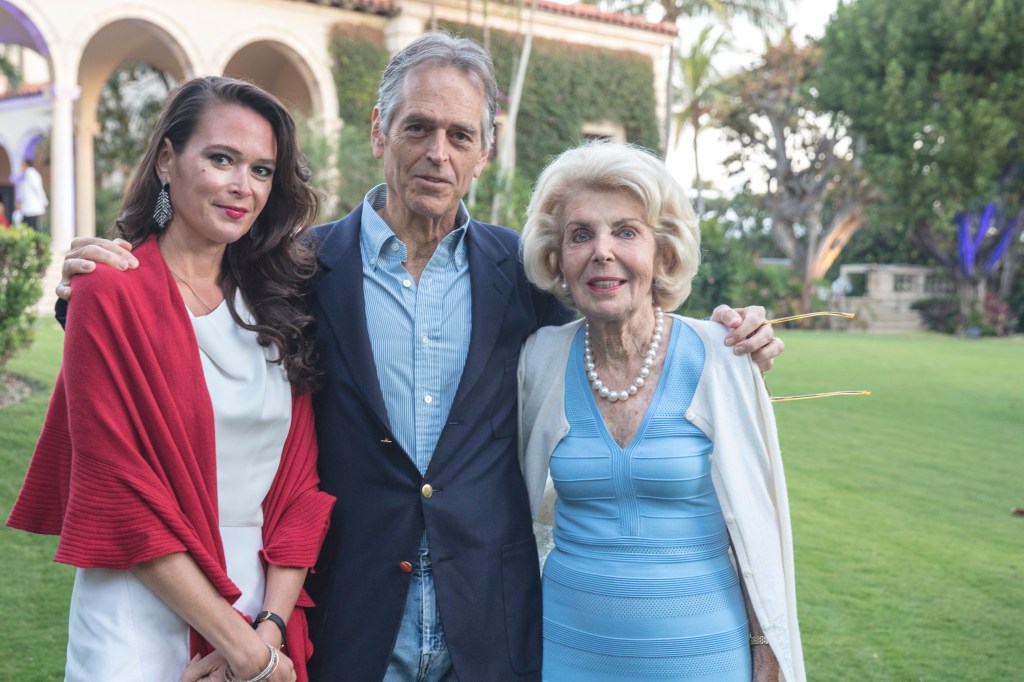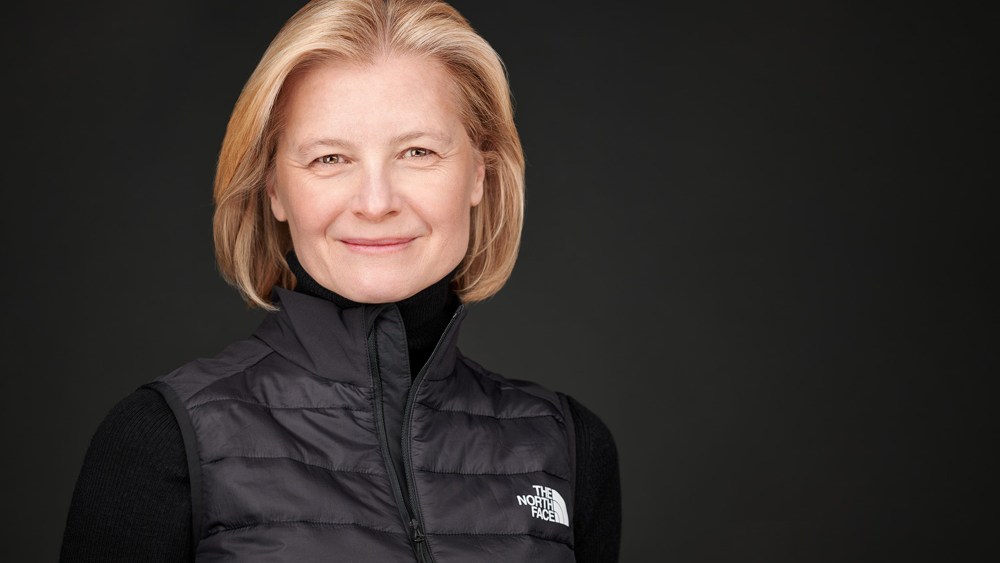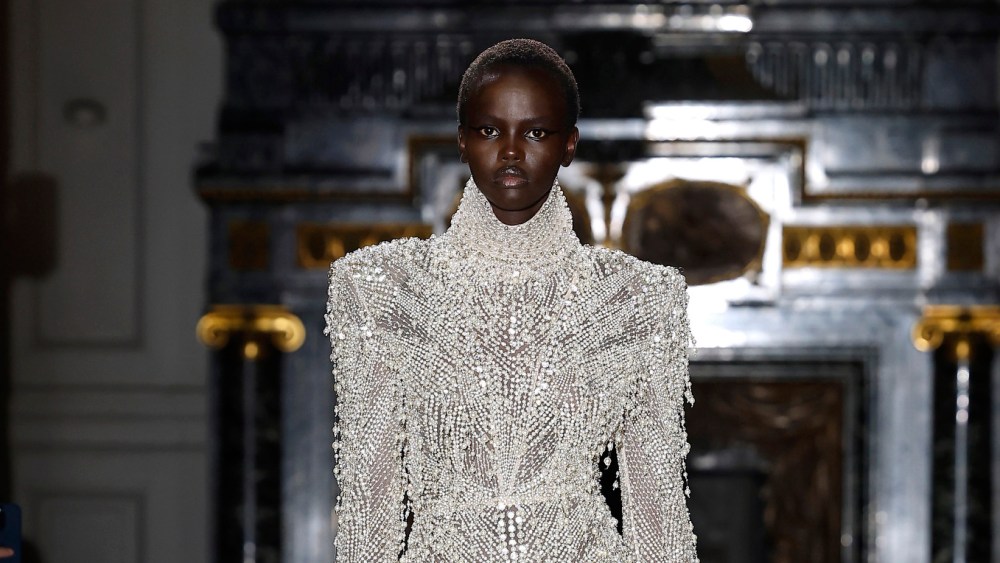Phyllis Pressman, who was part of the family that revolutionized retail by making Barneys New York as much a happening as a place of commerce, died on April 16 at the age of 95.
Pressman was under hospice care at her home in Palm Beach, Fla., at the time of her death, according to her daughter Elizabeth Neubardt. A private graveside funeral was held Friday at the family’s plot in Greenwich, Conn.
Pressman oversaw Barneys “Chelsea Passage,” and added another dimension to the specialty store that exuded cool in the 1970s with a sharp-eyed selection of home decor, antiques and jewelry. The family’s matriarch started working for the company in late 1972 after her husband Fred asked her view of the display windows of what was then a men’s store. Less than impressed with the sea of suits that were showcased on bust forms — mannequins were not yet then the norm — she felt the windows did not reflect the degree of creativity that was happening in the store. Family lore has it that his reply was, “‘You’re right and you know how busy I am. What are you going to do about it?’”
With no business training or college degree, the mother of four soon went to work full-time in Barneys’ original West 17th Street store and pioneered window displays with an artistic edge. Under Fred Pressman’s leadership, Barneys expanded from a mom-and-pop menswear shop in the Chelsea section of Manhattan into an internationally renowned chain with 14 stores and seven outlets in the U.S. and a volume of $425 million for the year ended July 1995. The Pressmans were deeply involved in the design of the flagship that opened on Madison Avenue and 60th Street in September 1993. Barneys also had two stores licensed in Japan and one in Singapore at one time.
Her son Gene said Saturday, “In the early days, a lot people from uptown thought they would get a nosebleed if they went below 42nd Street. Downtown pretty much was nothing. We were one of the major anchors,” he said. “I always felt Barneys was way more than a store. It was really synonymous with the culture of New York and there was a blur between culture influencing it, and it influencing culture. We had a huge clientele from Europe because so much of our product was from Europe.”
With its airy spaces, roomy interiors and streaming natural light, shoppers and browsers alike could zoom up and down the flagship’s escalators. Gene Pressman said, “She added another texture to the preeminent, dominant men’s store in the world, and what was soon to become the most important women’s statement. We brought so many women’s designers to this country [including Azzedine Alaïa, Comme des Garçons and Christian Louboutin.] She did the same thing, finding so many lines, including Montblanc.”
Adhering to founder Barney Pressman’s ethos, the second and third generations abided by such aphorisms as “No bunk. No junk,” and “Select. Don’t settle,” according to Pressman’s daughter Nancy Dressler. And no matter what, Barneys was not to be called a department store — it was a specialty store.
More than anything, the matriarch was driven by her love of family and of beautiful things. Those two forces were how she first discovered the architect Peter Marino, who was working for Gordon Chadwick, who was designing the Pressmans’ Westchester County home at that time.
Phyllis Pressman then commissioned Marino to create a rectangular vitrine for LiLac chocolates in the Chelsea store. Other architectural collaborators were Andrée Putman, Jean Paul Beaujard and the architectural firm Beyer Blinder Belle, the firm that worked on the restoration of the Ellis Island Immigration Museum.
Like her husband, Phyllis Pressman was known to work seven days a week and often quipped that he let her do whatever she wanted — trusting in her taste and instincts as he did with his children in their roles at the company, Dressler said. Unlike most stores at that time, Barneys offered extended hours from 9 a.m. to 9 p.m., and the Pressmans often capped off the workday over dinners at Pino Luongo’s Il Cantinori. That friendship between the restaurateur and the retail family led to the opening of such buzzy eateries as Le Madri, Coco Pazzo and the flagship’s Mad. 61, which was renamed “Fred’s” following the namesake’s death.
Phyllis Pressman exited the company in 1996, following Fred Pressman’s death from pancreatic cancer. Her sons left two years later. Women’s had been introduced in 1976, a dedicated women’s store bowed in 1986 adjacent to the original downtown location and a rollout into other cities later followed. But that expansion and increased competition were factors that led to its 1996 bankruptcy filing. After taking some time off, she enjoyed being in Southampton and later met and wed her second husband Joseph Gurwin, who also predeceased her. Pressman had relocated to Florida several years ago.
Born Phyllis Ruth Epstein and raised on Long Island, her mother was a homemaker and her father was a manufacturer of quilts and bedspreads. Her older brother Eugene Epstein, a member of the 10th Mountain Division who had been presented with the Purple Heart, had been killed six weeks prior to the end of World War II.
At 19, Pressman was studying fine arts in an Iowa school when she met Fred Pressman beneath the iconic clock in Grand Central Terminal on a blind date. Six weeks into their courtship he asked her to marry him and six weeks after that they started what would become a 47-year marriage. Phyllis Pressman spent the first part of their union in New York City raising the couple’s four children — Gene, Robert, Nancy and Elizabeth. During their upbringing Pressman took classes at the Art Students League and shared her love for art by taking her children to numerous museums, exhibitions and historic homes in the U.S. and Europe. “As a teenager, I remember just going into house after house after house, and going on tours looking at historic furniture and buildings, and listening to her describe everything. She really shared with us her love for it,” Neubardt said.
The Pressmans recognized the importance of European designers before other American retailers. Giorgio Armani once explained how Fred Pressman was “the first person in America to treat me and my clothes like they were something important.”
Donna Karan recalled Friday how Barneys believed in her Donna Karan and DKNY brand early on and her menswear debut in the mid-’80s — “shockingly.” From her standpoint, Barneys was always a family affair. The Pressmans created “one of the best places in New York from a fashion point of view, from a caring point of view and from a food point of view. There was and is no other Barneys,” Karan said. “People wanted to hang out there. It was the only place that you could feel open as a designer or a shopper. Their vision was extraordinary.”

After its bankruptcy filing, Gene and Bob Pressman exited in 1998, according to Gene. In the years that followed, the company bounced back at times and changed ownership a handful of times. It fell into bankruptcy again in 2019, and the flagship on Madison Avenue then closed. Authentic Brands Group now owns the intellectual property.
Members of the Pressman family wrangled in court over the years. In 2002, former Barneys co-chairman Bob Pressman was handed a lower court judgment that he cheated his sisters out of $11.3 million, and responded with a countersuit alleging fraud, self-dealing and unjust enrichment. Attempts to contact Bob Pressman were unsuccessful Friday.
After Fred Pressman’s death, his will left his estate to his wife Phyllis, who was named the executor, and it excluded his son Bob.
At work on a Viking Press book with Matthew Schneier that will celebrate Barneys’ 100-year-plus history, Gene Pressman declined to discuss the family disputes that surfaced in the media in the past. “I have to tell you a lot of that stuff was overblown. We could not have operated if that were true. It was more [a matter] of everybody did their own thing,” he said. “I have always been close to my family. In every family, because they are a family, there are always things going on [chuckles]. So we’re not different than any other family.”
As for the publicness of Fred Pressman’s will, Gene Pressman said, “That I won’t in any way comment on, because it’s nobody’s business. And I didn’t write it. Our book is a celebration of what we did in all those years through three generations and about how fabulous New York was in those periods in time.”
The Barneys’ aesthetic was paramount and the retailer refused to let designers control the look and feel. That meant no in-store installations. Gene Pressman once wrote, “It was Barneys first, designers second.”
He said Saturday of his tenure with his parents, “It really was the Wild Wild West in fashion. There was so much discovery and newness. Today like three people own the fashion industry. You could probably say the same thing about in music, art and film. That causes sameness and a lack of taking risk. That doesn’t diminish the fact there is an amazing amount of talent out there. It’s just a lack of opportunity.”
Having also worked at the company, Dressler recalled Saturday how the family gathered for “big Sunday dinners. And you can imagine what those were like with eight Pressman family members working together [at that time including her then two sisters-in-law.] We all lived within a few miles together.”
Dressler said, “It was just such a wonderful family business. It’s really a shame to be honest. We were proud. My father was so wonderful for allowing each of us to develop our niches.“



